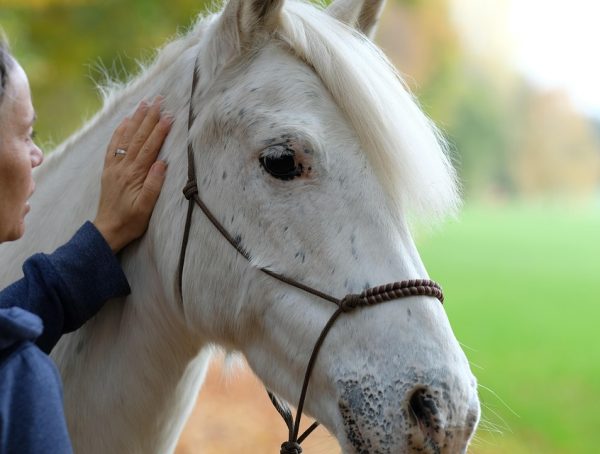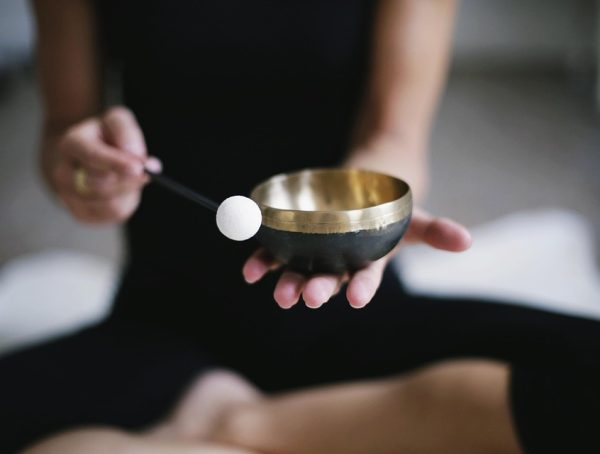Unlocking the Secret to Youthful Skin Through Meditation
In a world dominated by quick-fix beautifying products and invasive procedures, it is easy to forget that the most profound and effective beauty treatments come from within. The secret to youthful, radiant skin might not just be hidden in the latest serum but found in a timeless practice: meditation. This ancient art of mindfulness not only calms the mind but fundamentally impacts the health of your skin. Here, we will explore the connection between meditation and skin health, and offer actionable steps to implement this practice into your everyday routine.
The Science Behind Meditation and Skin Health
To understand why meditation can be a powerful tool for youthful skin, we must first explore the connection between inner peace and outer beauty. Stress is known to be a significant factor in a variety of skin issues, including acne, eczema, and premature aging. When we encounter stress, our bodies release cortisol, a hormone that can lead to inflammation and contribute to skin problems. In contrast, meditation promotes relaxation, reduces stress, and encourages a more balanced hormonal state.
Studies have shown that regular meditation can enhance the body’s immune response, improve blood circulation, and promote better sleep—factors all crucial for maintaining healthy skin. Meditation also enhances emotional well-being, which can reflect positively on your appearance. Ultimately, when you cultivate calmness and contentment, it radiates through your skin and reduces the visible signs of aging.
Action Steps to Incorporate Meditation for Youthful Skin
Now that we’ve established the benefits of meditation for skin health, let’s delve into some practical steps you can take to incorporate this practice into your daily routine.
1. Create a Meditation Space
Setting the right environment can make all the difference. Choose a quiet, comfortable space in your home where you can meditate without distractions. Decorate it with calming elements, such as plants, soft lighting, or your favorite calming colors. A dedicated space can help signal to your mind it’s time to relax and rejuvenate.
2. Set a Regular Time
Consistency is key to making meditation a habit. Designate a specific time each day—preferably in the morning or before bedtime—to practice meditation. Start with just five or ten minutes per session, and gradually increase it as you become more comfortable with the practice. This routine not only helps your skin retain its glow but also sets a positive tone for your day or induces restful sleep.
3. Focus on Breathwork
Breath is a powerful tool for achieving mindfulness and relaxation. Begin your meditation by taking deep breaths—inhaling deeply through your nose and exhaling slowly through your mouth. Concentrate on the feeling of your breath entering and leaving your body. This simple act can clear your mind, lower cortisol levels, and invite a sense of peace.
4. Use Visualization Techniques
Visualizing your skin as healthy, radiant, and youthful can be a powerful form of affirmations. As you meditate, picture your skin glowing with vitality, free of blemishes and dullness. Imagine your cells rejuvenating and repairing themselves. This positive visualization can strengthen your intentions and allow your subconscious to work towards these goals.
5. Incorporate Mindful Movement
Integrate practices like yoga or tai chi into your meditation routine. These mindful movements not only promote relaxation but also improve circulation and oxygen flow to your skin, which can enhance your complexion. Aim for at least a few minutes of mindful movement each day, focusing on the connection between your breath and body.
6. Practice Gratitude
Incorporating gratitude into your meditation practice can reshape your mindset and emotional state. At the end of each session, take a moment to reflect on what you appreciate about your body, your life, and your skin. Gratitude can foster a more positive self-image and reduce stress, promoting deeper relaxation.
7. Connect with Nature
Whenever possible, meditate outdoors. Nature has a naturally calming effect on the mind and body. The fresh air, natural light, and sounds of nature can enhance your meditative experience, leading to greater relaxation and stress reduction. Aim to spend some time in nature each week, allowing its restorative qualities to boost both your mental and physical well-being.
8. Stay Hydrated and Nourished
While meditation can greatly enhance your skin health, remember that it serves as a complementary practice rather than a standalone solution. Hydration and nutrition play significant roles in skin vitality. Pair your meditation practice with a balanced diet rich in antioxidants, vitamins, and healthy fats, and make sure you are drinking sufficient water throughout the day.
Conclusion
Meditation is a multifaceted practice that can unlock the secrets to youthful skin by reducing stress, improving emotional health, and promoting overall well-being. By following the actionable steps outlined above, you can nourish not just your skin, but your entire being. Remember, true beauty comes from within; when you cultivate peace and happiness inside, your skin is sure to reflect that external glow.
So, take a moment each day to ground yourself in mindfulness—your skin will thank you for it!
“Take care of your body; it’s the only place you have to live.” — Jim Rohn
If you enjoyed this content and want to explore more topics on health and wellness, follow Kevin on Instagram @KSteineman for daily inspiration and tips!
You might also like
More from Meditation
The Role of Mantras in Transcendental Meditation: A Deep Dive
The Role of Mantras in Transcendental Meditation: A Deep Dive Transcendental Meditation (TM) has garnered a significant following across the globe, …
The Science Behind Meditation: Improving Mental Health Naturally
The Science Behind Meditation: Improving Mental Health Naturally In today's fast-paced world, the pursuit of mental wellness has become paramount. Thousands …
Understanding the 7 Types of Meditation for Beginners
Understanding the 7 Types of Meditation for Beginners: A Path to Inner Peace Meditation has become a popular practice in recent …


































